Hanoi French Quarter
Description
Hanoi French Quarter is home to charming temples, traditional Vietnamese arts, street markets, colonial buildings, embassies, government offices, etc…
The French Quarter is located southeast of the iconic Hoan Kiem Lake in Hanoi. This region, like the Old Quarter with its 36 lanes, is a large and bustling hub in the heart of Hanoi.
As its name implies, the area evokes a sense of France. In the late 19th century, the French seized Hanoi and rebuilt many of the old Vietnamese structures in this neighborhood with imposing and exquisite French-style mansions and villas. The conflict has finished, but many French characteristics remain in this region. This is why it is known as the French Quarter.
Even though it is not as well-known as the Old Quarter, it is well worth a visit due to its distinctive architecture and vast selection of delectable foods and beverages. This neighborhood is filled with yellow-painted, Parisian-style homes.
French Quarter is considered the most opulent neighborhood in Hanoi. There are numerous 5-star hotels and fine dining establishments. Additionally, there are numerous coffee shops, bookstores, boutiques, and art galleries.
French Quarter is situated in a prime location, since it is home to several embassies, including those of Ireland and Italy, as well as government buildings and affluent residential districts.
Hoa Lo Prison
Hoa Lo Prison is one of French Quarter’s most popular sights. It is a notorious prison with the nickname “Hanoi Hilton” because the French colonial authorities and later North Vietnamese fighters used it. Over the course of its long history, it has served as a birthing ground for the Vietnamese resistance movement and the principal prison for American prisoners.
Built in 1886, the prison housed hundreds to thousands of inmates simultaneously. As time passed, more and more inmates were sent to this small, deteriorating facility. Here, soldiers were subjected to a wide variety of gruesome forms of torture in order to obtain intelligence from them.
To provide tourists and students with a sense of Vietnamese history, the government has transformed this location into a tourist attraction. Here you will find a horrific assortment of whips, chains, and other torture implements, etc.
Trang Tien Plaza
Trang Tien Plaza is a high-end shopping mall which is home to many famous international brands including Dior, Cartier, Bvlgari, and Louis Vuiton, etc.
The shopping mall looks impressive with typical French architecture as it was built 120 years ago. Located in a corner next to Hoan Kiem Lake, this oldest shopping center is easily accessible.
Having 6 floors, it provides customers with everything you need, from clothes, shoes, electronics items, to food and beverages, etc. This place is truly a good place for shopping and see how French colonization influences architecture in Vietnam.
Vietnam National Museum of History
In September 1958, the Vietnam National Museum of History was officially opened to the public. The museum is a fascinating historical book of Vietnam from the antiquity to 1945.
On a space of more than 2,200 square meters, it houses nearly 7,000 original objects, the majority of which are chronologically arranged. More than 100.000 specimens and artifacts of different materials, including many rare and expensive pieces.
Some of the objects on show date back to ancient cultures, such as the Champa sculptures, antique ceramics, and Le dynasty bronzes. This museum’s new items are periodically updated to entice tourists. The entrance fee at the Vietnam National Museum of History is only VND 40.000 per person (around USD 2).
Hanoi Opera House
The St. Joseph’s Cathedral in French Quarter Hanoi is an architectural marvel. One of the very first structures constructed by French colonists during their advance in Indochina, it is also known as “The Big Church.” After two battles against the United States and France, this church is still standing and in fine condition.
From a distance, St. Joseph’s Cathedral resembles a miniature version of Notre Dame de Paris due to its gothic revival architecture. The weekend, when the Catholic ritual occurs, is the finest time to visit this magnificent cathedral. A big number of Hanoi’s Catholics congregate here to partake in this ceremony. Every ceremony is grand and ceremonial, including baptisms and ablutions. After your tour, you can enjoy a variety of adjacent street cuisine and beverages.
Presidential Palace
Paul Doumer, who was the French governor general at the time, completed the Presidential Palace in 1906. Later, in the book “Biography of a City,” William Logan attributed the construction of the location to “overwhelming enthusiasm to build a colonial capital that reflected the glories of France.”
Similar to the majority of French Colonial architecture, the palace is distinctly European. Mango trees growing on the property are the only visible indications that it is located in Vietnam. The palace hosts official meetings and is not open to the public, but you may view its lovely garden and other surrounding Ho Chi Minh monuments by walking around the grounds.
Working Hours
- Monday Open all day
- Tuesday Open all day
- Wednesday Open all day
- Thursday Open all day
- Friday Open all day
- Saturday Open all day
- Sunday Open all day
Location / Contacts
- Address : French Quarter, Hoàn Kiếm Hanoi

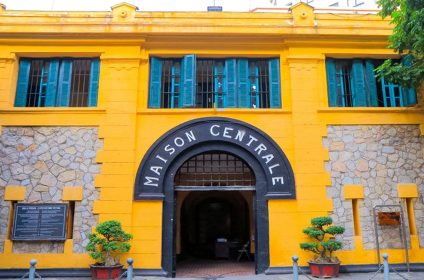
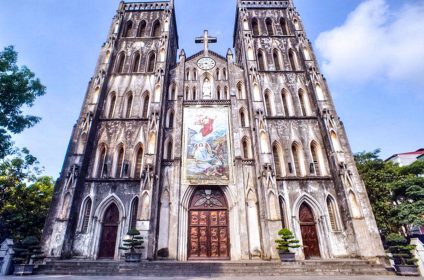
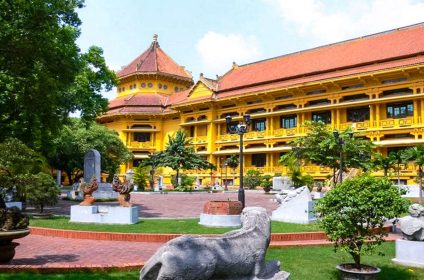
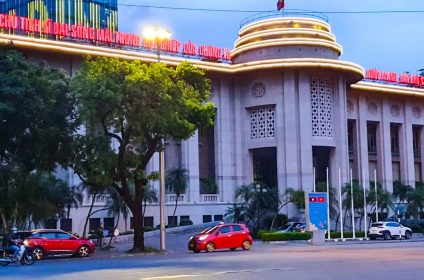
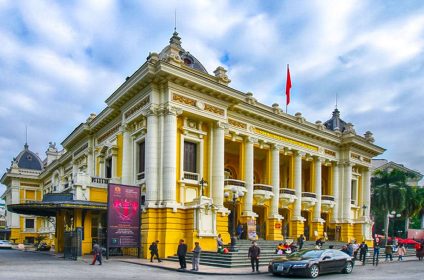
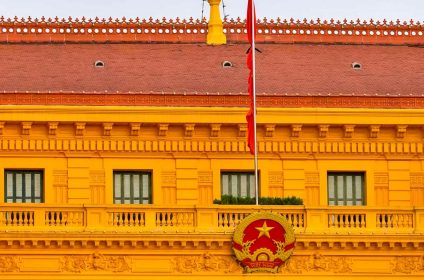
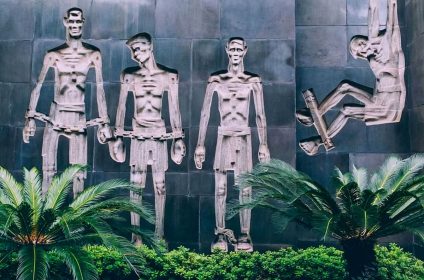
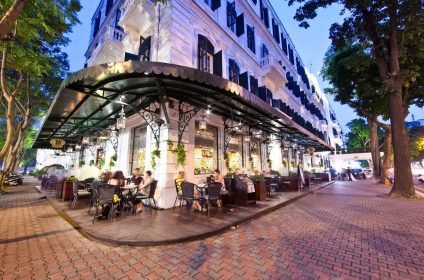
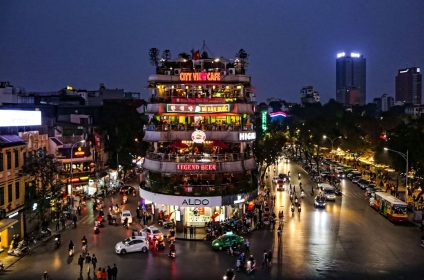
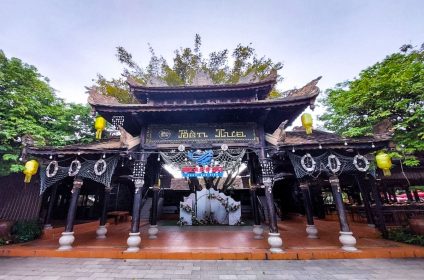
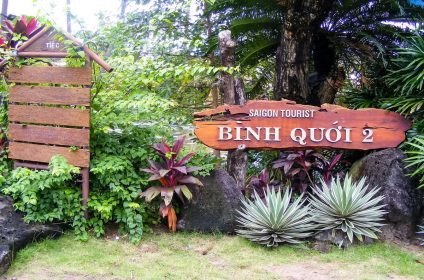

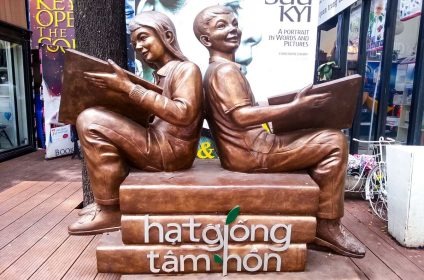











Add Review